This was an amazing opportunity and I cannot say enough good things about the dedication and professionalism of the consultants and support staff. However, I decided that I needed to be closer to my family and on March 31st, 2020 I retired from active teaching and consulting and moved back to Calgary, Alberta. I intend to continue on with my career in a different capacity still focusing on students with additional learning needs, particularly those who are having serious challenges with self-regulation across many domains - biological, emotional, cognitive, social and prosocial - at school, at home and in the community.
Our current situation with Covid-19 and the shutting down of schools has given me the opportunity to get settled in my new home and starting today, work with my grandchildren via distance learning! My next step is to find a way to be able to offer my support in some way to schools and families who still need it.
In the meantime, I will have a chance to update my website, particularly the science and socials units which are designed to be used with technology and which I think many teachers and families might find useful.
Please feel free to make use of the lesson plans and resources and contact me with any questions you might have!
All the best to you and please stay safe.
Jan
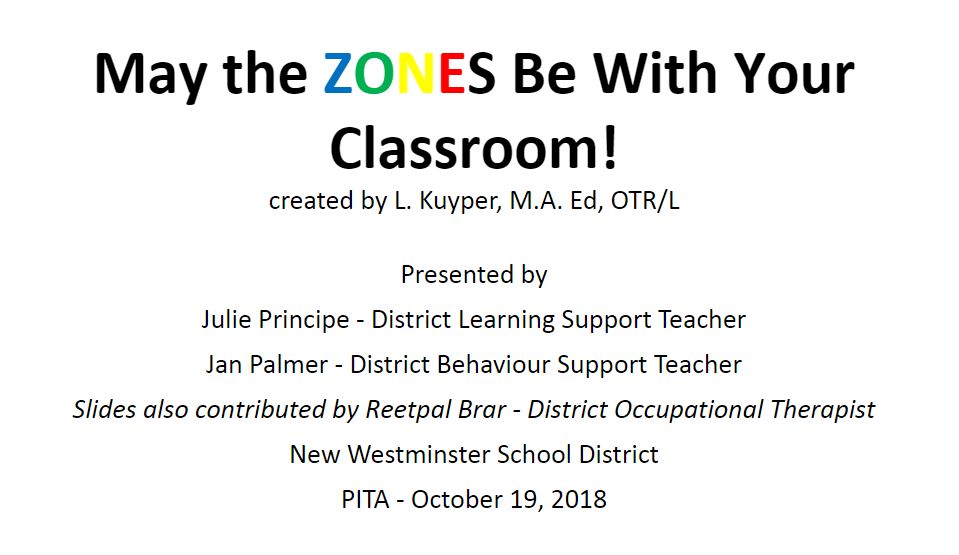
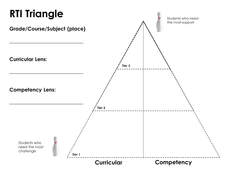
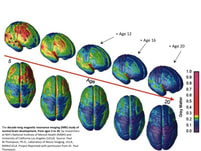

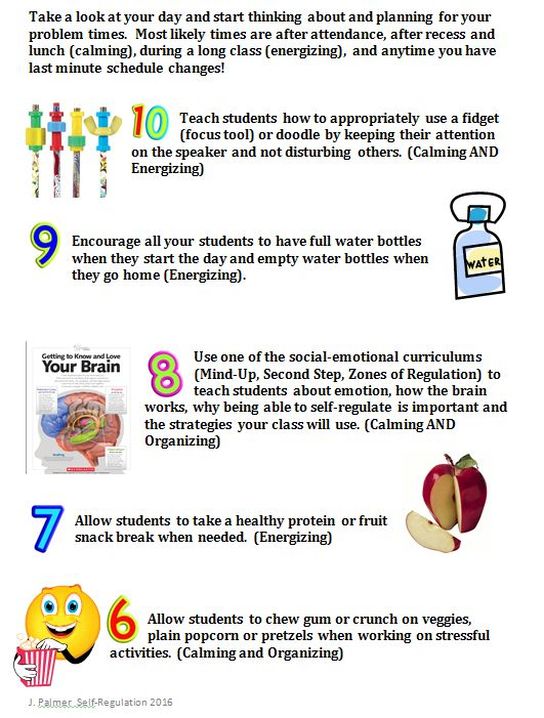
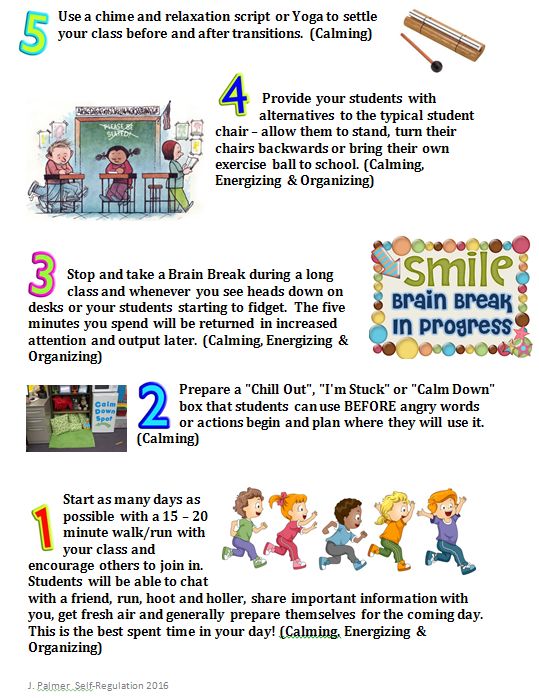


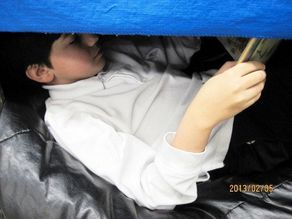



 RSS Feed
RSS Feed
